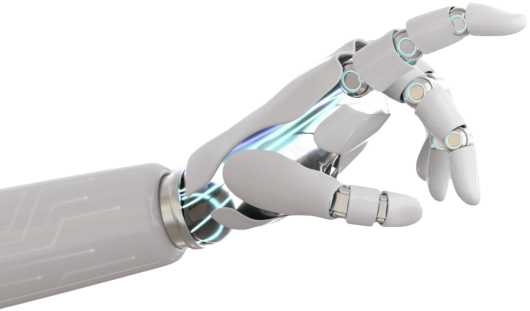
The challenging problems associated with the analysis of microarray datasets are high dimensional feature, small sample size, class imbalance, noisy data, and high variance feature values. This has led to problems such as the curse of dimensionality, a decline in classification accuracy, and overfitting. Deep learning technology has gained massive popularity in biomedical research, and its algorithms are widely used to build models that solve complex classification problems. This study utilizes a deep neural network (DNN) for building classification models for microarray brain cancer data and ADPD (Alzheimer’s disease Parkinson’s disease) data from the KEGG (Kyoto Encyclopedia of Genes and Genomes) database. The small gene samples high dimensional feature in the given microarray data are addressed by considering a dimensionality reduction technique namely Correlated Feature Selection (CFS). The selected features of CFS were fed into the DNN for classification. For better training of the DNN model, the learning rates of various optimization algorithms were compared. The final optimal subset selected by the CFS-DNN model on brain cancer includes 112 features with an average classification accuracy of 95.83% and on ADPD data includes 40 features with an average classification accuracy of 87.5%. The performance of the proposed model is validated using 10-fold cross-validation. The proposed approach is also evaluated using precision, recall, F1-score, and Receiver Operating Characteristic curve. A comparative analysis of the proposed model with the state-of-the-art method in literature is carried out and the proposed method exhibits better performance than the one of the existing works and conventional machine learning models.
Correlated feature selection, Deep Neural Network, Alzheimer’s disease, Parkinson’s disease.
Rajangam ATHILAKSHMI, Shomona Gracia JACOB, Ramadoss RAJAVEL, "Automatic Detection of Biomarker Genes through Deep Learning Techniques: A Research Perspective", Studies in Informatics and Control, ISSN 1220-1766, vol. 32(2), pp. 51-61, 2023. https://doi.org/10.24846/v32i2y202305